Ashok Leyland drives digitisation and cost control
- By Bhushan Mhapralkar
- October 08, 2021
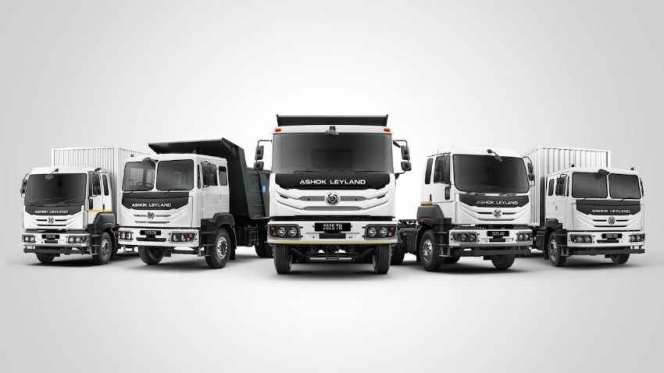
Recording a 353 percent increase in the revenue for the first quarter of FY2021-22 at INR 29,510 million in comparison to the revenue generation of INR 6,510 million in the corresponding quarter of FY2020-21, Ashok Leyland is confident of a strong demand emerging post the second Covid-19 wave. Clocking export volumes of 1,437 units in the first quarter of FY2021-22, up 254 percent when compared to the export of 405 units in the first quarter of FY2020-21, the commercial vehicle manufacturer is concentrating on vaccination and the adherence of safety protocols to try and ensure that all its stakeholders stay protected from a potential third wave. Experiencing a 1,041 percent growth in domestic M&HCV volume in the first quarter of FY2021-22, which is almost twice than that of the industry growth volume at 562 percent during the same period, the company has reported a net loss of INR 28,20 million in the first quarter of FY2021-22 as against a net loss of INR 38.90 million in the corresponding quarter of FY2020-21. Selling 8,690 LCVs in the domestic market in the first quarter of FY2021-22, up 224 percent as compared to the sale of 2,686 LCVs in the corresponding quarter last fiscal, Ashok Leyland is closely observing the way the freight rates are shaping up. It is confident that freight rates will improve with higher availability of commercial vehicles once the Covid-19 subsidies and uncertainty fades. “We are hoping for the volumes to grow higher as the market gets better,” mentioned Mahadevan. “July (2021) has been a growth month,” he added. Stressing that they have had eight months of degrowth, Mahadevan said, “Economic growth will induce growth in CVs.”

CV trends
Working on a strategy for a robust domestic and exports growth, the commercial vehicle major is appointing dealers in Africa. Looking at gaining good traction in South East Asia, Ashok Leyland will launch new products in the LCV segment even though not in the immediate quarter. Buoyed by the international markets opening up and experiencing export thrust, the company is said to be testing an electric version of its LCV platform on which the Bada Dost is based in the UK. This vehicle is expected to be launched at the end of this fiscal or in the first half of the next fiscal. Of the opinion that electric vehicles are catching up, especially at the local point of use, on the encouragement of the governments, Mahadevan averred, “It is more to do with buses, but trucks will catch up.” Seeing a trend of petrol commercial vehicles in the low-tonnage segment of sub-1 tonne to 1.5 tonne, Mahadevan drew attention to the push on CNG. “We are ready in the LCV and ICV (segment),” he added. Of the firm belief that diesel vehicles will continue and the IC engine will coexist and not die overnight, Mahadevan said, “We are ready to cater to higher demand.”

Watching closely how freight operators are able to pass on the fuel price hike to their end customers, Ashok Leyland is hoping that bus commute will pick up. A 40,000 units per annum market, according to Mahadevan, buses have been severely affected due to the Covid-19-led disruption. Delivering 40 electric buses to the city of Chandigarh recently (from where it has bagged an order to build and maintain e-buses with quick charging technology), Ashok Leyland is expecting pent-up demand to show up once normalcy returns. Also expecting demand to show up because of the need to ferry people without sacrificing social distancing norms, Mahadevan drew attention to their work towards further strengthening their position in the bus and LCV market segments. With the talk of schools reopening in regions where the Covid-19 infections are down, and the relaxation in Covid-19 norms in some region allowing more employees to return to their offices, bus demand is expected to improve post witnessing a sudden downfall mid-last year. Through the establishment of Switch Mobility, Ashok Leyland is keen to experience a speedier ride in the ‘cleaner and greener’ bus space.
Managing costs and productivity
Eyeing international markets like the US, Europe and Japan, the company, through the Switch Mobility subsidiary, has worked with a few consultants to make sure that its data points and numbers are on par with the current situation. Under Switch Mobility, it is developing new products to present an advantage of unique position in terms of value and premium positioning. For its Switch Mobility subsidiary that includes the erstwhile Optare of UK, Ashok Leyland has managed to get USD 18 million worth of investment from Dana Incorporated (Dana), a US-based manufacturer of drivetrain and e-propulsion systems. To do de-bottlenecking once enough demand is evident, Ashok Leyland, investing sufficiently in terms of capex, is confident of seeing early growth sprouts in LCVs. Therefore, if it were to do immediate capex investment, it would be in LCVs. Discussing with scrappage centres post the announcement of the scrappage policy, Ashok Leyland, the second-largest CV maker in the country, is witnessing good traction from its other business verticals like defence, power solutions and aftermarket. They are contributing to its top line.

With the pace of vaccination picking up and positively setting in, Ashok Leyland is expecting a demand spike in commercial vehicles after the fear of a third Covid-19 wave is over. This, according to Mahadevan, could happen in the second half of this fiscal. Focusing on costs, productivity and middle level management, the commercial vehicle major is also concentrating on reducing its carbon footprint. Apart from announcing strategic steps to move towards net zero carbon mobility through Switch Mobility, Ashok Leyland, said Mahadevan, has formed an ESG committee of the Board. The committee will guide and propel the commercial vehicle manufacturer to achieve its sustainability agenda.
As the world’s largest supplier of defence logistics vehicles, fourth-largest manufacturer of buses and the tenth-largest manufacturer of trucks globally, Ashok Leyland is driving AI-led digital transformation for strong business growth. Establishing a separate group focusing on business analytics called the Analytics Centre of Excellence, the company has invested in a data science team. It has also roped in employees from the business side to help with the information and data. Together, they have been given the responsibility to identify business function challenges being faced and how AI-enabled analytics can help resolve them. Starting roughly a decade ago and applying more thrust since 2016, the digitisation journey of Ashok Leyland has had an influence on efficiency enhancement and business optimisation. It has helped it to generate new revenue stream and build new business models. Rather than simply account for the initial acquisition price of its products, Ashok Leyland, as part of its digitisation strategy, is now participating in the lifecycle costs of its products in terms of spares, service and other value-added offerings. These lifecycle costs predominantly include those that the commercial operator or fleet incurs after he or she has bought the commercial vehicle, and until the end-of-life.
BMW Group India Records Highest-Ever Annual Sales In CY2025
- By MT Bureau
- January 09, 2026
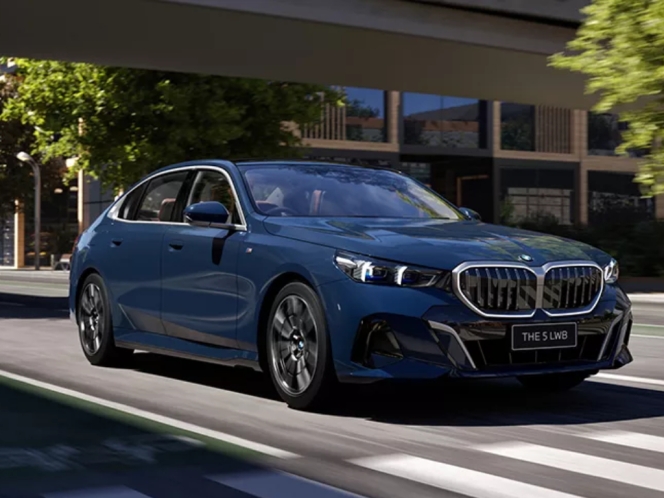
BMW Group India has recorded its highest annual sales to date, delivering 18,001 cars in CY2025, which marks a 14 percent YoY growth.
Within the car portfolio, BMW delivered 17,271 units, while the MINI brand accounted for 730 units. Additionally, BMW Motorrad delivered 5,841 motorcycles.
The company maintained double-digit growth for the fourth consecutive year, with the fourth quarter (October – December) reaching a peak of 6,023 units, a 17 percent increase. During the year, the group launched 20 products across its three brands, including the BMW iX1 Long Wheelbase, the new X3 and the BMW R 1300 GS Adventure motorcycle.
Hardeep Singh Brar, President and CEO, BMW Group India, said, “2025 has been a record-breaking year for BMW Group India with highest-ever sales till date. We crossed the 18,000 units mark in car sales and the fact that we are growing very strongly at 14 percent, above the average growth rate of luxury segment, reflects the strong aspiration and trust that our valued customers have in our brands. Sales are growing across segments, whether it is internal combustion engines or electric vehicles, SAVs or sedan or long wheelbase models. Our lead in luxury electric segment is not only progressing sustainable mobility but also unlocking the potential for increasing the size of luxury car market in India. Going forward, we will keep our focus on what differentiates us – sheer driving pleasure, unparalleled customer centricity and a robust dealer network which delivers JOY at each step of interaction with our customers.”
Electric vehicle (EV) sales saw a 200 percent increase, with 3,753 units delivered. EVs now represent 21 percent of the company's total sales, up from 8 percent in the previous year. The BMW iX1 was the best-selling model in the premium EV segment. To support this growth, the company provides access to over 6,000 charging points through various partnerships and has implemented infrastructure initiatives such as ‘Smart E-Routing’ and ‘Charging Concierge.’
Long Wheelbase (LWB) models grew by 162 percent, totalling 8,608 units, and now comprise 50 percent of BMW’s car sales. The BMW 3 Series remained the highest-selling sedan in its category. In the Sports Activity Vehicle (SAV) segment, sales rose by 22 percent to 10,748 units, with the BMW X1 and X5 leading the volume.
BMW Motorrad's performance was led by the G 310 RR, which saw a 24 percent increase in deliveries. The high-performance motorcycle segment also grew by 7 percent, with demand concentrated on the S 1000 RR and the GS series.
The group currently operates 97 touchpoints across 40 cities under its ‘Retail.NEXT’ concept. Plans for 2026 include the addition of 19 outlets in 18 cities to expand the retail network. Financing for these vehicles is managed through BMW India Financial Services, which offers buy-back schemes and flexible instalment options to facilitate ownership.
Rural Demand Drives PV Retail Sales In CY2025, Barring Construction Equipment All Segments In The Green
- By MT Bureau
- January 07, 2026

The Federation of Automobile Dealers Associations (FADA), the apex body representing automobile dealers in the country, recently released retail sales data for the 2025 calendar year, reporting total registrations of 2,81,61,228 units, which was 7.71 percent higher over the 2,61,45,206 units recorded in 2024.
The apex body stated that 2025 was characterised by two distinct periods, with sales remaining muted from January to August before an upturn from September to December following the implementation of GST 2.0.
In the Passenger Vehicle (PV) segment, annual retail sales reached 44,75,309 units, a growth of 9.70 percent. Data indicated that rural markets outperformed urban areas, with rural PV sales rising by 12.31 percent compared to 8.08 percent in cities.
Two-wheeler (2W) segment saw registrations of 2,02,95,650 units, up 7.24 percent, while the Three-Wheeler (3W) and Commercial Vehicle (CV) sectors grew by 7.21 percent and 6.71 percent respectively. The Tractor segment recorded the highest growth rate at 11.52 percent, totalling 9,96,633 units. Conversely, Construction Equipment (CE) was the only category to decline, falling 6.67 percent to 74,029 units.
For December 2025, total vehicle retail reached 27,10,698 units, a 12.27 percent increase over December 2024. Inventory levels for Passenger Vehicles stood at 30–35 days, while Two-Wheeler inventory was maintained at 20–25 days. FADA noted that the year-end performance was supported by aggressive original equipment manufacturer (OEM) schemes and improved consumer sentiment.
C S Vigneshwar, President, FADA, said, “CY’25 has been a year of resilience and ultimate recovery for the Indian Auto Retail. While the first eight months were overshadowed by high interest rates, inflationary pressures and election-related caution, the final four months - post the introduction of GST 2.0 - acted as a catalyst. The reduction in effective tax rates on vehicles not only made mobility more affordable but also reinvigorated a market that was showing signs of fatigue. Rural India has emerged as the clear driver of growth this year. The double-digit growth in Tractors and the fact that Rural PV sales outpaced Urban by a significant margin confirms that the Bharat story is strengthening. We are seeing a structural shift where personal mobility is becoming a necessity in the hinterlands, supported by better crop realisations and improved infrastructure.”
Looking ahead to January 2026, FADA maintains a cautious outlook due to the high base effect from the previous year and the conclusion of year-end discount cycles. The association expects the market to enter a period of stabilisation as dealers focus on liquidating remaining 2025 stock.
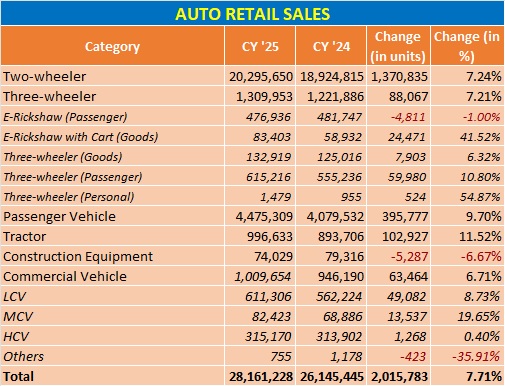
Tarun Garg Takes Charge As Hyundai Motor India’s First Indian MD & CEO
- By MT Bureau
- January 01, 2026
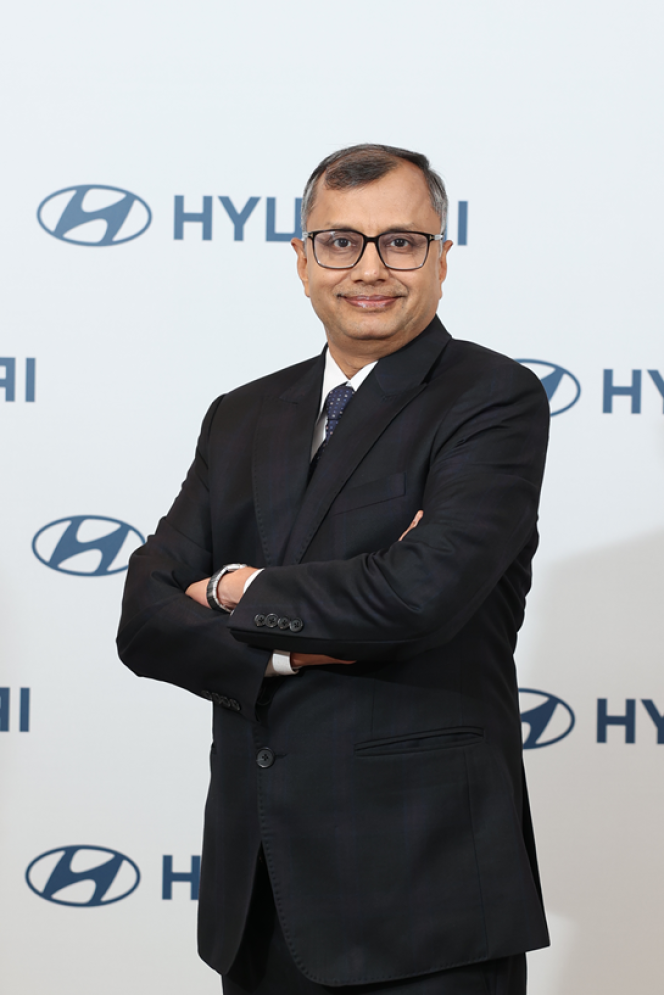
Hyundai Motor India (HMIL), one of the leading passenger vehicle manufacturers, has announced that Tarun Garg has assumed the role of Managing Director and Chief Executive Officer, effective today.
With this, Garg becomes the first Indian national to lead the company since its inception 29 years ago. He comes with over 32 years of experience in the automotive industry and previously served as the Chief Operating Officer of Hyundai Motor India. His appointment comes as the company prepares for its next phase of growth in India.
HMIL has outlined an investment roadmap of INR 450 billion to be implemented by FY 2030. Under Garg’s leadership, the company will focus on four pillars:
- Future-Ready Strategy: Acceleration of electric vehicles, hybrids and connected mobility.
- People and Market Focus: Support for employees and the network of dealers and suppliers.
- Customer-Centric Approach: Building trust and experience across touchpoints.
- Production and Exports: Enhancing indigenisation at plants and positioning HMIL as a hub for exports to emerging markets.
“India’s automotive industry is at an exciting inflection point, driven by innovation, sustainability, and evolving customer aspirations. It is an extraordinary honour to lead Hyundai Motor India at this defining moment in our three-decade long journey. My vision is to build on our strong foundation while accelerating HMIL’s transformation towards sustainable growth, technological leadership, and unmatched customer delight. We will continue to reinforce our commitment to ‘Make in India’ and position HMIL as a global hub for exports. Aligned with Hyundai’s global vision of ‘Progress for Humanity,’ we will strengthen Hyundai’s legacy and create meaningful mobility solutions that not only empower people but also connect communities and enrich lives. The future is ours to build and I am committed to leading HMIL with agility, conviction and purpose,” said Garg.
During his time as Chief Operating Officer, HMIL reported record sales for three years and completed an IPO in 2024. Garg also launched the ‘Samarth by Hyundai’ initiative to improve accessibility for people with disabilities.
Before joining HMIL, Garg held positions at Maruti Suzuki India, including Executive Director of Marketing, Logistics, Parts and Accessories. He is a mechanical engineer from Delhi Technological University and holds an MBA from IIM Lucknow.
Mahindra Bets On Mobility Innovation And Skills As Automotive Outlook Turns Transformative
- By MT Bureau
- December 31, 2025
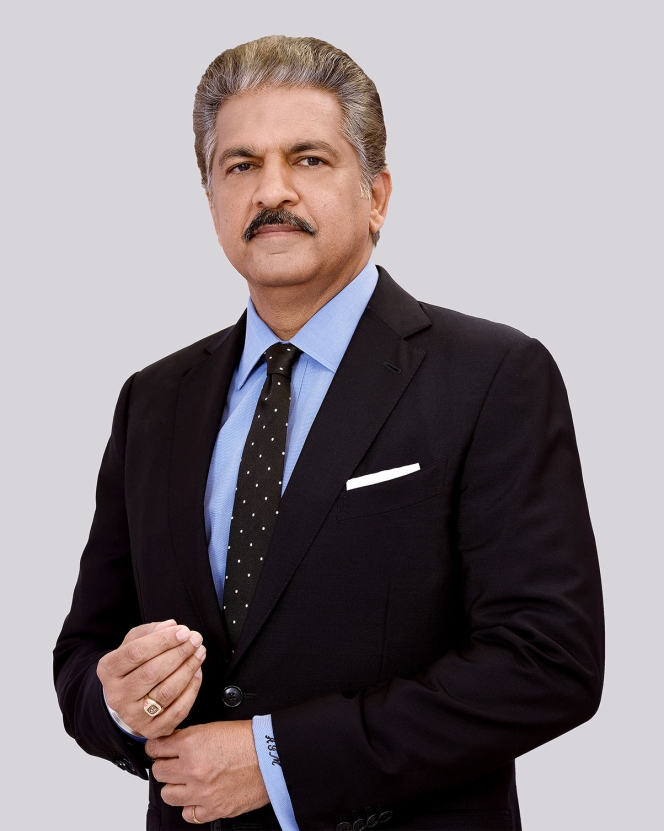
Mahindra Group Chairman Anand Mahindra has struck an upbeat yet reflective note on the automotive industry’s outlook, signalling confidence in demand, technology-led disruption and India’s growing role in shaping the future of mobility. In a year-end address to employees, Mahindra underlined that the Group’s recent performance is less about short-term numbers and more about structural shifts underway in the business and the broader industry.
The Group’s automotive operations stood out in what Mahindra described as a year of ‘market leadership and redefined expectations’.
Mahindra & Mahindra’s SUV portfolio delivered a record market share, consolidating the company’s position in one of India’s most competitive and fast-evolving segments. The performance, he suggested, reflects a sharper understanding of consumer aspirations rather than cyclical tailwinds.
Beyond passenger vehicles, Mahindra’s farm equipment business recorded its highest-ever quarterly market share, while its electric three-wheeler business retained leadership in a crowded and price-sensitive market. Together, these segments underline the Group’s diversified exposure to rural demand, urban mobility and electrification – three pillars that continue to define India’s automotive growth story.
Mahindra framed these achievements as ‘launchpads’, arguing that the Indian automotive industry is entering a phase where execution and innovation matter more than legacy positioning. Once known primarily for rugged, utilitarian products, Mahindra is now increasingly associated with modern design, connected technologies and electric mobility.
“EVs did not just change our portfolio; they changed the conversation,” he said, signalling that electrification has become central to the Group’s identity rather than an adjunct strategy.
This shift mirrors broader trends across the Indian automotive sector, where OEMs are balancing near-term internal combustion engine demand with longer-term bets on electric platforms, software-defined vehicles and advanced manufacturing. Mahindra’s message suggests confidence that Indian players can compete not just on cost, but on technology and relevance.
A significant part of Mahindra’s outlook is shaped by the rapid advance of artificial intelligence and automation. While AI is often seen as a disruptive force for manufacturing jobs, Mahindra offered a contrarian view, particularly relevant for automotive production and supply chains. He argued that AI will act as an ‘accelerator, not a threat’, enhancing the value of hands-on skills on the shop floor.
According to Mahindra, technicians, machinists and operators who can work alongside intelligent systems will become premium assets. In an automotive context, this has implications for everything from smart factories and predictive maintenance to quality control and EV assembly.
“AI can turn blue collar into gold,” he remarked, highlighting a future where digitally enabled manufacturing skills command higher productivity, dignity and income.
The Group is backing this view with investments in skilling and education. Mahindra highlighted its involvement with vocational training initiatives and engineering talent development, positioning skills as a strategic enabler for the next phase of industrial growth. This emphasis also aligns with global shifts in talent mobility, as tighter visa regimes in the West potentially create opportunities for India to retain and attract high-quality engineering and technology talent.
For the automotive industry, this could translate into stronger domestic R&D capabilities, deeper supplier ecosystems and global mandates being executed from India. Mahindra argued that the country has an opportunity to move from being a global ‘back office’ to a global ‘think tank’, especially as Global Capability Centres expand their footprint.
Looking ahead, Mahindra acknowledged that the external environment remains uncertain, shaped by geopolitical volatility, technological disruption and evolving consumer behaviour. However, he positioned uncertainty as a test of resilience rather than a deterrent. With sharper capabilities in mobility, electrification and manufacturing skills, the Group believes it is well placed to chart new growth paths.
For India’s automotive industry, the message is clear: leadership in the next decade will belong to companies that combine product innovation with talent development and technological confidence.
As Mahindra put it, “the future belongs to those who build it” — a sentiment that resonates strongly as the sector navigates its most significant transformation in decades.



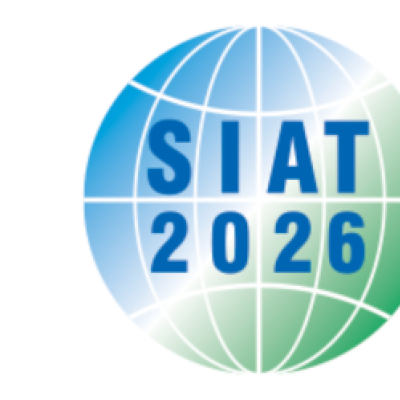
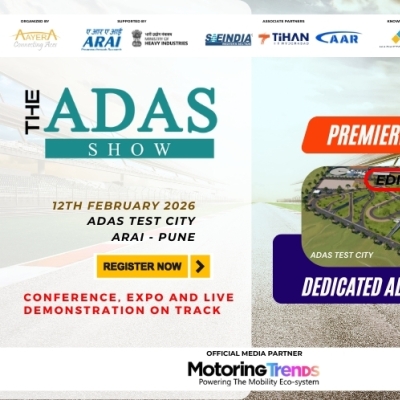
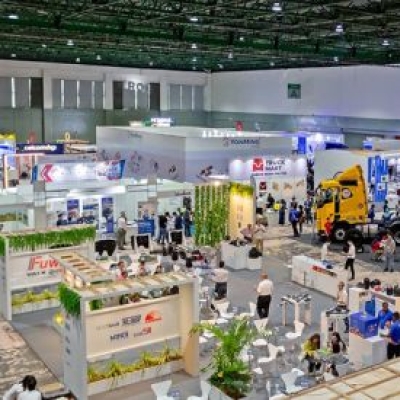

Comments (0)
ADD COMMENT